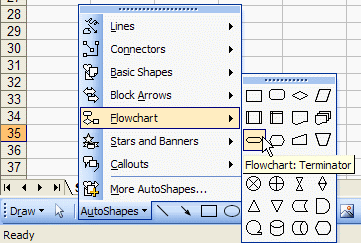

Here’s a list of the best Pomodoro apps to try to start improving your time-management ability:Ĭhoose the one that best fits your needs.In this blog post, we’re going to show you how to assemble a NeoPixel-powered, IoT Pomodoro Timer based on the Particle Internet Button that logs your Pomodoro cycles to Google Sheets for later analysis. Working with breaks gives helps you making sure that you don’t burn out by the end of the day.

People who are easily distracted also greatly benefit from the Pomodoro because it is 25 minutes of intense focus and concentration. In that case, the Pomodoro helps you start with bite-sized pieces to complete the entire meal. It is for when you have so much to do, and you don’t feel like doing anything because you’re overwhelmed. The Pomodoro technique is for everyone, especially the ones who like to postpone. Moreover, it teaches us to race with time rather than against it. The Pomodoro technique is one of the most popular techniques to date and one of my personal favorites because of its flexibility. Call them back when you’re done, and keep your word! Fix a time when you’ll be able to get back to them on it. Tell them you’re busy working on something. If your coworker wants to go out for some martinis on a Tuesday evening, do this: This is why he has some suggestions on how to deal with such distractions too. Now, Cirillo is mindful of the distractions that will happen because of the untimely calls, invites, etc. Everything that comes up in the meantime should be noted down to come back later. It’s an indivisible unit of time and can’t be interrupted, so avoid checking emails, Slack, or WhatsApp. Well, all tasks that do not take much time should be combined with other similar tasks.ĭon’t forget that a Pomodoro can’t be stopped. You’re likely to come across small tasks. If a task requires more than one entire cycle of tomatoes, it may need to be broken down into smaller steps. Start by breaking down the projects that you think will take the most time. If you like you can also use the pomodoro for time blocking. And again, until you complete your tasks, and can call it a day!Īkiflow Hacks: Organize slots on your Akiflow calendar and start the timer following every single step of the pomodoro technique. Repeat the whole process until you complete four pomodoros.ĥ: After completing four pomodoros, here’s a gift for you, enjoy a more extended 15-30 minute break. Once the 25 minutes have passed, markdown a Pomodoro and keep a record of what you accomplished.Ĥ: Take a 5-minute break now.
#Understanding the pomodoro cycle series#
It can be anything from a series of small tasks to one massive task.Ģ: Set the timer to 25 minutes No, you don’t need a tomato timer for this a normal one or your phone will do just fine.ģ: Work on the chosen task until the timer goes off. This means no looking at your phone, daydreaming, or staring off into space, but intensely working on finishing off a part of your task.

After that, the journey begins.ġ: Choose the task that you want to get done. First of all, you should have your task list ready. Its biggest strength lies in its simplicity. The main advantage of the Pomodoro technique is that it takes into consideration our need for breaks, perfectly balancing productivity with counter-productivity. This unique time management technique asks you to alternate tomato-focused work sessions with short but frequent breaks to encourage consistent concentration and avoid mental strain. The Pomodoro technique is all about working for 25 minutes and taking a break for 5 minutes. It may seem funny at first, but many people believe in the Pomodoro Technique and the power it brings in changing how we work. A timed productivity technique, with juicy breaksĭeveloped by Francesco Cirillo, who used a tomato-shaped timer at university and named the technique “Pomodoro” after it.


 0 kommentar(er)
0 kommentar(er)
